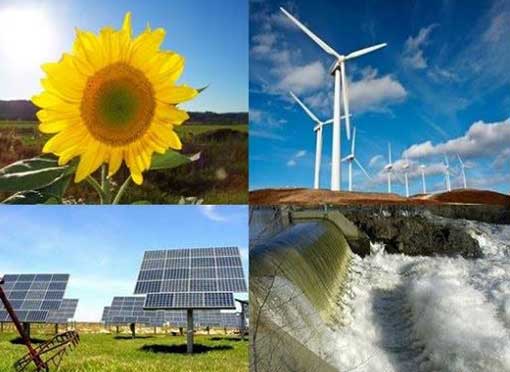What are green bonds?
Green bonds provide investors with the opportunity to invest directly in the fight against climate change while offering a fixed return. Bonds can also provide greater security with lower risk than equity investments such as publicly traded stocks. Green bonds were originally created by the World Bank in 2008 to attract large investors, such as pension funds. These bonds were intended to give investors peace of mind and the knowledge that their investment was having a positive impact on the environment.
What are the differences between green bonds and traditional bonds?
.
As a traditional bond investor, there is generally very little control over what the money is used for. For example, you could buy an Apple bond, but they might give a very generic answer as to what the proceeds will be used for, such as “general corporate purposes”. The money could be used to pay dividends, buy back stock, or even replace other debts the company has outstanding. Green bonds are different. To qualify as a legitimate green bond, the issuer will create a document called the ” Green Bond Framework ” that outlines the following:
.
1. Use of proceeds : describes exactly what environmental issues the bond proceeds address.
2. Project evaluation and selection process– describes how they will analyze and select projects for funding that meet the above criteria.
3. Revenue management– explains where the bond issue proceeds will be held to ensure that they are only used for projects that pass the screening.
4. Reporting : clarifies exactly what metrics the company will use to measure the impact of the projects invested in (such as greenhouse gas emissions reduced/avoided) and how they will be communicated to investors.
Essuers will also engage an independent auditor to verify that all funds have been used correctly and in accordance with the green bond framework to provide greater comfort to investors. Based on all of this, you can see that green bonds offer much more transparency and control over how or where the funds will be used.
What is the best way to invest in renewable energy projects
.
Great question. It mainly depends on the amount of capital you have to invest. For the most part, the renewable energy industry has been dominated by large investors who can invest tens to hundreds of millions of dollars in massive projects. This meant that, as a retail investor, you could not participate unless you bought shares in a large publicly traded corporation that then pooled capital along with others to invest in these projects.
.
For the average investor, that leaves green bonds, which provide more transparency and comfort that the money is being used for the purposes you want to obtain with other investments.
You may also be interested in: Green bonds, what are they for.
Why are green bonds important for the environment?
Fighting climate change will require a lot of money, and green bonds offer a capital solution that is attractive to both issuers and investors. For issuers, the increased transparency and positive environmental benefits can help them attract additional funds, often at a lower price. For investors, they can feel good about what their money is being used for and, at the same time, earn a solid return.
Are green bonds a good investment?
.
It depends on your risk profile and investment objectives. Bonds (often referred to as fixed income) are typically perceived as a less risky investment than buying stocks or shares of a company. They also provide a fixed return, unlike stocks, and can also offer greater security. So, for an investor who wants a stable return with potentially lower risk and wants to know that their money is being used to directly combat climate change, green bonds could be an excellent option, especially in times of such uncertain economic conditions.
How big is the market for green bonds worldwide?
.
As I mentioned earlier, the green bond market has only been around for a little over a decade, but, despite that, more than $255 billion in green bonds were issued in 2019, which represented a 51% jump over 2018. sees the market growing as more investors learn about the benefits of green bonds and companies like the Bosch Gutierrez family, offering new issues that are accessible to investors.




